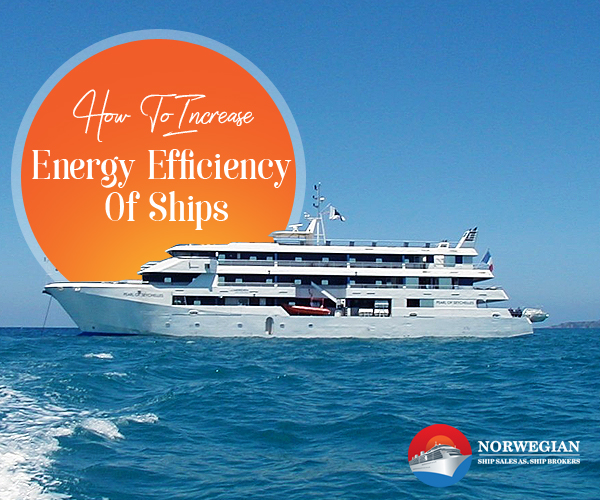Shipping needs to adopt methods that effectively diminish harmful emissions. Not only does shipping pose a humungous threat to the oceanic life but the environment in general too gets adversely affected. The energy efficiency design index has now been made a compulsory requirement for ships to meet in order to set sail. Reduced emissions of greenhouse gases and consumption of fuel and other valuable resources are aspirations that are hoped to be met with the introduction of this new undertaking.
It has been rightfully observed that the reasons for such harmful consequences of shipping can be attributed to faulty infrastructure and the technological designs of the ship. The fact that a total of merely six ships are causing as much pollution as all the cars populating the world is quite alarming. Efforts are now being made into creating greener ships through multiple methods that would make a rapid difference. LNG and LPG fuels, solar powers, and modifying the architectural aspects of the ships are some of the ways in which the desired effects can be met, albeit in a cost effective way.
Let us now look at some of the designs that need to be adapted at the earliest to continue on the quest of manufacturing ships that act responsibly towards nature:
Adapting The Latest Propellers
Modifying the propellers is also a sure shot way to increase the energy efficiency of the ships. These energy saving propellers are extremely productive when they are incorporated within the designs of not only passenger ships but also container ships, LNG carriers and much more. The efficiency of the propellers increase when a device known as the hi-FIN is fastened to the propeller’s hub that leads to creating swirls in the water. These in turn in counterbalance the swirls that are produced from the propellers, thereby reducing the utilisation of valuable fuel by the ships.
Redesigning The Bows Of The Ship
The bows of the ships are an important factor to consider while adopting methods that conserve energy. Redesigning the bows has been observed to reduce fuel consumption by more than a 1000 tonnes per year. A rotund or spherical bow effectively reduces the friction caused due to the waves by helping ships generate their own wave system. Care must be taken to design these bows in such a way that the overall balance of the vessel is maintained.
Acquiring DC Grid Power Systems
Another one of the methods that contribute to the overall fuel efficiency of ship liners, these systems that are installed onboard reduce noise pollution that are generated by the varying activities of the vessel. These also reduce the oil consumption and consequently the operational cost of the ships drastically as it enables the ship’s engines to run at an altered speed depending on its load.
Obtaining The System Of Air Lubrication
The technology involved leads to the reduction of friction that is caused between the hull of the ship and the ocean water. This effective method that creates air bubbles along the underside of the vessel also helps in controlling the harmful emissions and the large amounts of fuel consumption of the ship. One of the most efficient technologies to exist that ensures that the operation of the ships are maintained in a proper manner, it can be incorporated within the existing designs of ships within a mere fortnight.
Eco Friendly methods of shipping can simply be adapted by more and more liners and vessels if only the ship manufacturers, crew and passengers aim to work hand in hand and be more responsible. The leading ship brokers in the Norwegian region offer a comprehensible inventory of double-ended ferries and ships for sale that pertain to the requirements posed by the new shipping laws.


